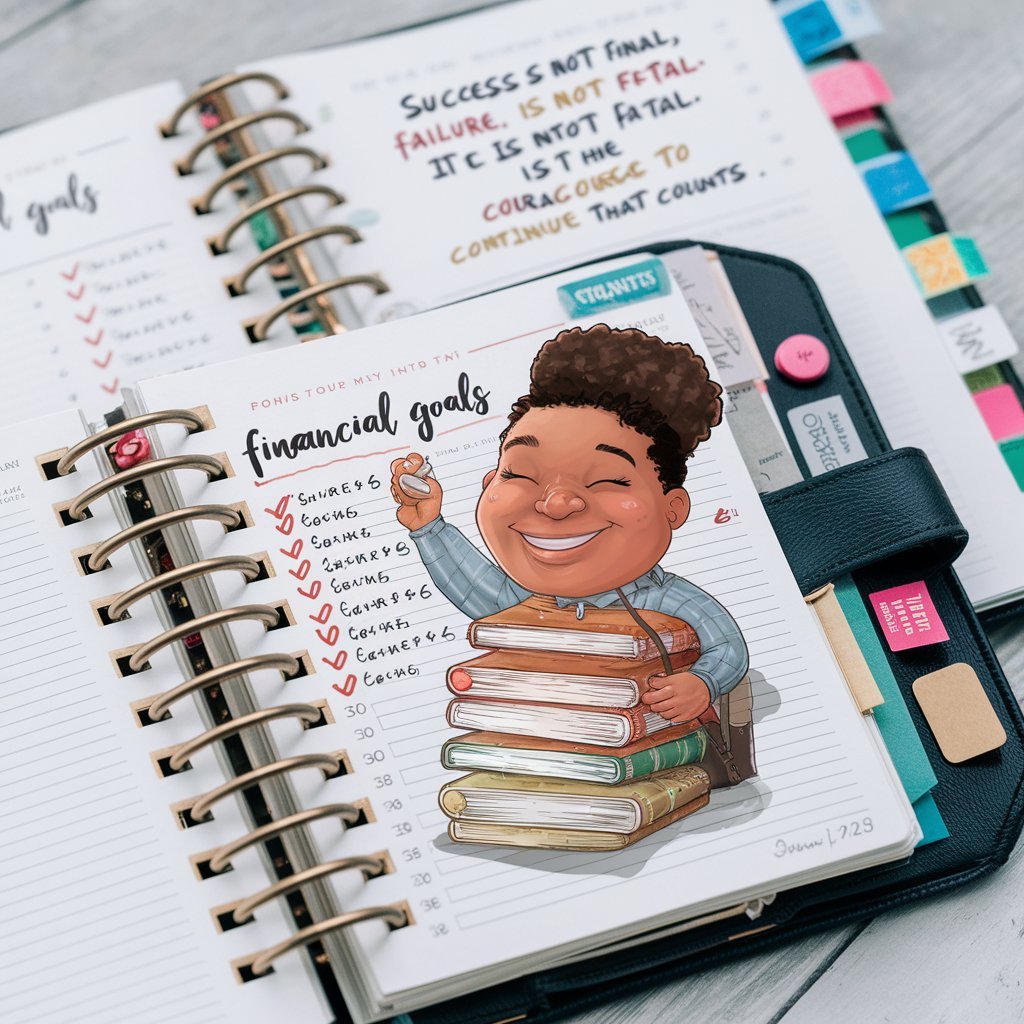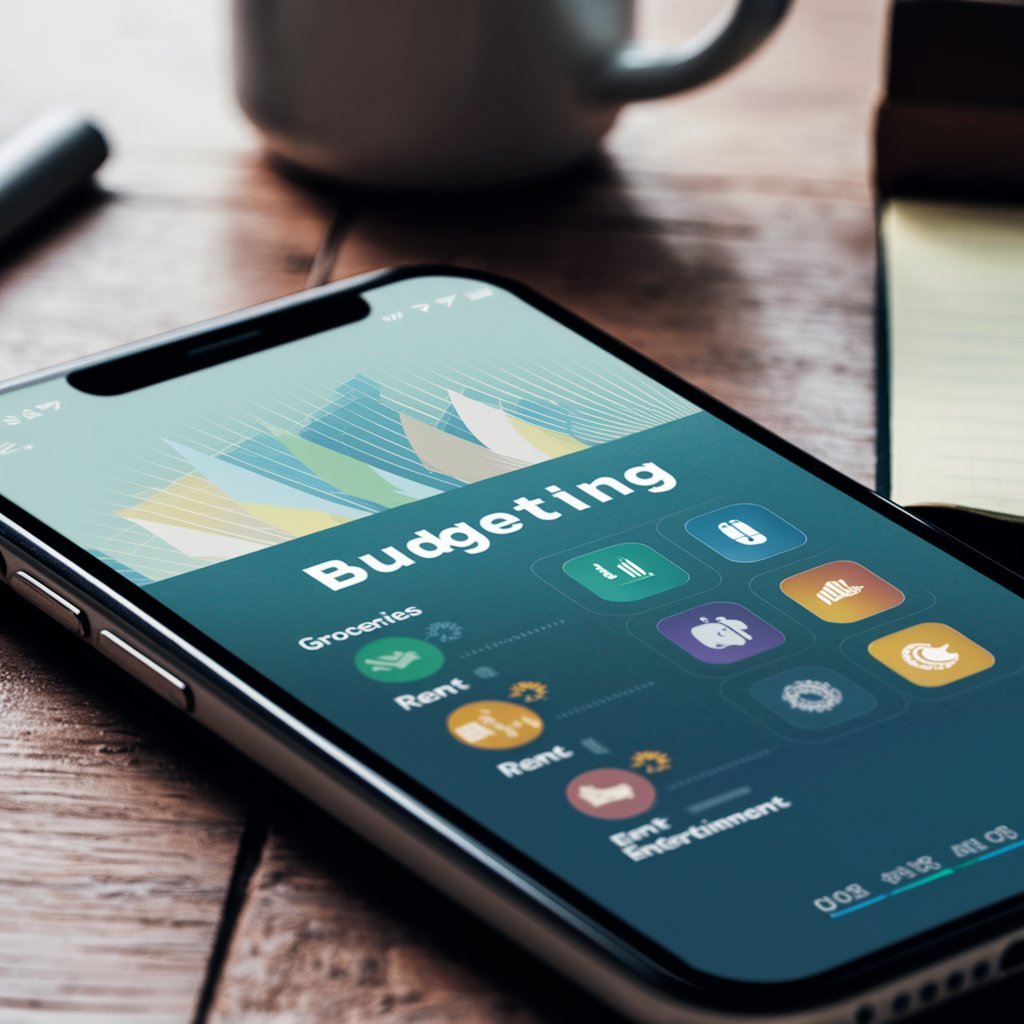
Mindfulness is just being present and intentional with your actions, and applying it to your spending can change your life. This article lists ten mindfulness techniques for curbing impulse buying, thereby helping you save money and cultivating a healthier relationship with your cash.
While impulsive spending is often undone by their growing influence to undermine financial stability, the fallout usually leaves them regretting their empty pockets and cluttered homes. From a last-minute flash sale to the temptation of next-day delivery-getting caught in the act of last-minute spending can off-frame your savings goals. But the good thing is that mindfulness will help you regain that power back into your financial habits.
Introduction
Consumerism makes spending money interestingly easy, from one-click purchases to pet marketing campaigns. It is like a gentle shove to release your purse strings. These mechanisms, with the euphoria of buying something new, can make for impulsive spending patterns.
But assume you had a moment to step back and breathe and reclaim dominion over needless purchases? Practicing mindfulness-infused financial discipline will help you embrace decision-making that agrees with your big-picture goals.
My goal with this guide is empowering techniques that assist you in the identification and reform of these spending triggers, establishing a pattern of healthy habits, and achieving your saving goals-all without compromising your principles.
1. Set Intentions Before Shopping
What It Means:
Shopping with intention is one of the core tenets of mindful spending. Having a clear intention ahead of shopping will eliminate second-guessing and impulse buying.
How It Helps:
Having specific goals in place means you put blinders on yourself as far as the gold in front of you-not every sales pitch, promotion, or new item comes at a time when you are ready for it.
Practical Steps:
- Before shopping, make a list of necessities.
- Ask the self, Do I need this to attain my financial goals?
- If shopping online, put your items in the shopping cart and wait for a full 24 hours before going to checkout.
Example:
You might be tempted to buy a new pair of sneakers just because they’re on sale. But if you already have three pairs at home, is this really a need? Setting intentions beforehand helps you say no to such temptations.
2. Pause and Reflect Before Each Purchase
What It Means:
Make sure to pause and think before purchasing an item.
The Power of the Pause:
- 10-Second Rule Pause for 10 seconds before committing to buy by asking key questions:
- Do I need this?
- Can I afford this, without it affecting my savings goals?
- Is this purchase being driven by feelings of boredom, stress, or peer pressure?
Emotional Awareness:
Impulse purchasing often happens under the influence of emotional states. Mindfulness allows you to see those feelings, giving you a chance to avoid bandying about in a retail therapy session to address them.
Practical Exercise:
When you flirt with purchasing something, try this quick mindfulness exercise:
- Breathe deep for three counts.
- In your mind, label what you’re feeling (for instance, I want this purchase because I feel anxious).
- Ask yourself if what you want fits your values.
3. Practice Gratitude for What You Already Have
Why Gratitude Works:
Gratitude takes the focus off abundance and onto scarcity. The more gratitude you exercise toward what you already possess, the urgency will lessen to purchase more.
How to Practice:
- Make gratitude a daily practice and note two things for which you are grateful, like your favorite sweater or that laptop that does your work.
- Always take time out to declutter and rediscover something that you have forgotten about.
The Gratitude Mindset:
Instead of feeling deprived because you can’t afford the latest gadget, focus on the value and utility of what you currently own.
4. Identify Your Spending Triggers
What Are Triggers?
Spending triggers are specific situations, emotions, or environments that lead to impulsive purchases.
Common Triggers:
- Social media advertisements offering limited-time deals.
- Emotional states such as stress or boredom.
- Peer influence while going for group shopping.
How to Manage Them:
- Unsubscribe from promotional emails and switch off app notifications.
- Avoid window shopping if not necessary.
- Reflect on your feelings before and after a purchase.
Pro Tip:
Keep a spending journal to record situations where you have spent impulsively. You’ll notice patterns over time and learn how to avoid triggers.
5. Follow the 30-Day Rule for Major Purchases
Why It Works:
Delaying gratification allows you to make rational, rather than emotional, financial decisions.
How It Works:
When tempted to make a big purchase, wait 30 days before buying. If you still want it after the waiting period, you can consider purchasing it.
Benefits:
- Reduces buyer’s remorse.
- Encourages reflection on the true value of the item.
Example:
You might want to buy a $500 gadget immediately. But after 30 days, you may realize you don’t need it as much.
6. Meditate on Your Financial Goals
How Meditation Helps:
Beyond relaxation, meditation can be a powerful tool to check impulsive spending. Meditating with visualizations of goals puts forth stronger commitment to avoiding unnecessary purchases.
Steps to Meditate:
- Go somewhere quiet.
- Close your eyes and visualize a financial goal, such as saving for vacations.
- Visualize yourself achieving it feeling accomplished and stress free.
Pro Tip:
Set aside a few minutes-a maximum of 5-10-for this meditation each day, preferably before your shopping trips.
7. Track Every Dollar You Spend
The Importance of Awareness:
The Significance of Being Aware: Real-time tracking of your expenditures enables you to see where your money is being spent. This awareness will reduce your unnecessary spending.
Tools You Can Use:
- Budgeting tools like Mint or YNAB (You Need a Budget).
- A simple spreadsheet or a notebook for manual tracking.
Challenge Yourself:
Try a no-spend day, week, or even month. It’s an effective way to reset your financial habits.
8. Use Positive Spending Affirmations
What Are Affirmations?
Affirmations are positive statements that actually help fix the way you think and create positive habits.
Examples:
- I spend the money I have only on things that have true value in my life.
- I handle my finances myself.
- I choose long-term happiness over short-term satisfaction.
How to Use Them:
Repeat affirmations daily, especially when you feel tempted to spend impulsively.
9. Switch to Cash for Daily Expenses
Why It Works:
Using cash rather than a credit card can make one more conscious of spending.
How to Implement:
- Using the envelope method: Assign certain amounts of cash to certain categories, for example, groceries, dining out, or entertainment.
- Once the cash runs out, stop spending in that category until the next budget cycle.
Benefits:
You’ll naturally spend less when you feel the physical impact of handing over money.

10. Celebrate Small Wins
Why Celebrations Matter:
Recognizing small achievements helps bolster positive trends and keeps you motivated.
Examples of Wins:
- Sticking to your grocery budget.
- Withholding unnecessary expenditures for a week.
- Saving that little extra $50 in the month.
How to Celebrate:
Little things that could help lift the mood- perhaps treat yourself to a nice dinner, but in moderation; do not build upon a material cycle.

Conclusion
Mindfulness is no longer just a buzzword; it is now a strategy to help take back control over one’s spending in order to attain financial peace. With the following ten techniques, you will be able to stop impulsive spending and also develop a more deliberate fulfilling approach to money.
The journey starts small. Set a goal, practice mindfulness daily, and celebrate your progress. Over time, you’ll notice a profound change in your spending habits, savings balance, and overall financial well-being.
FAQs
1. How can mindfulness help with long-term financial goals?
Mindfulness builds awareness and intentionality, making it easier to stick to long-term savings plans and avoid impulsive decisions that derail progress.
2. What’s the simplest mindfulness technique to start with?
Begin with the 10-second rule: pause before each purchase to reflect on its necessity and alignment with your goals.
3. Can mindfulness completely eliminate impulse spending?
While it won’t eliminate impulses entirely, mindfulness significantly reduces the frequency and impact of impulsive purchases.
4. Are there specific apps that encourage mindful spending?
Yes, apps like PocketGuard, YNAB, and even meditation tools like Insight Timer can support mindful spending practices.
5. How do I stay motivated when I slip up?
Focus on progress, not perfection. Celebrate small wins and use slip-ups as opportunities to learn and grow.









